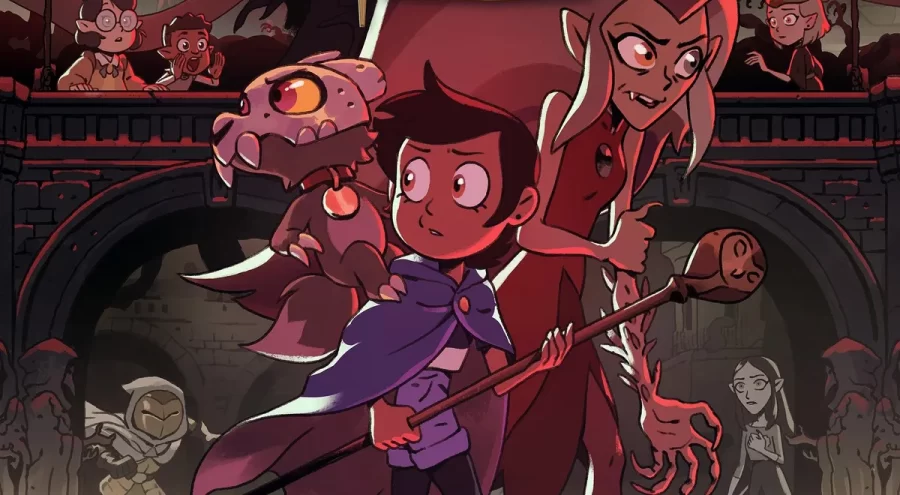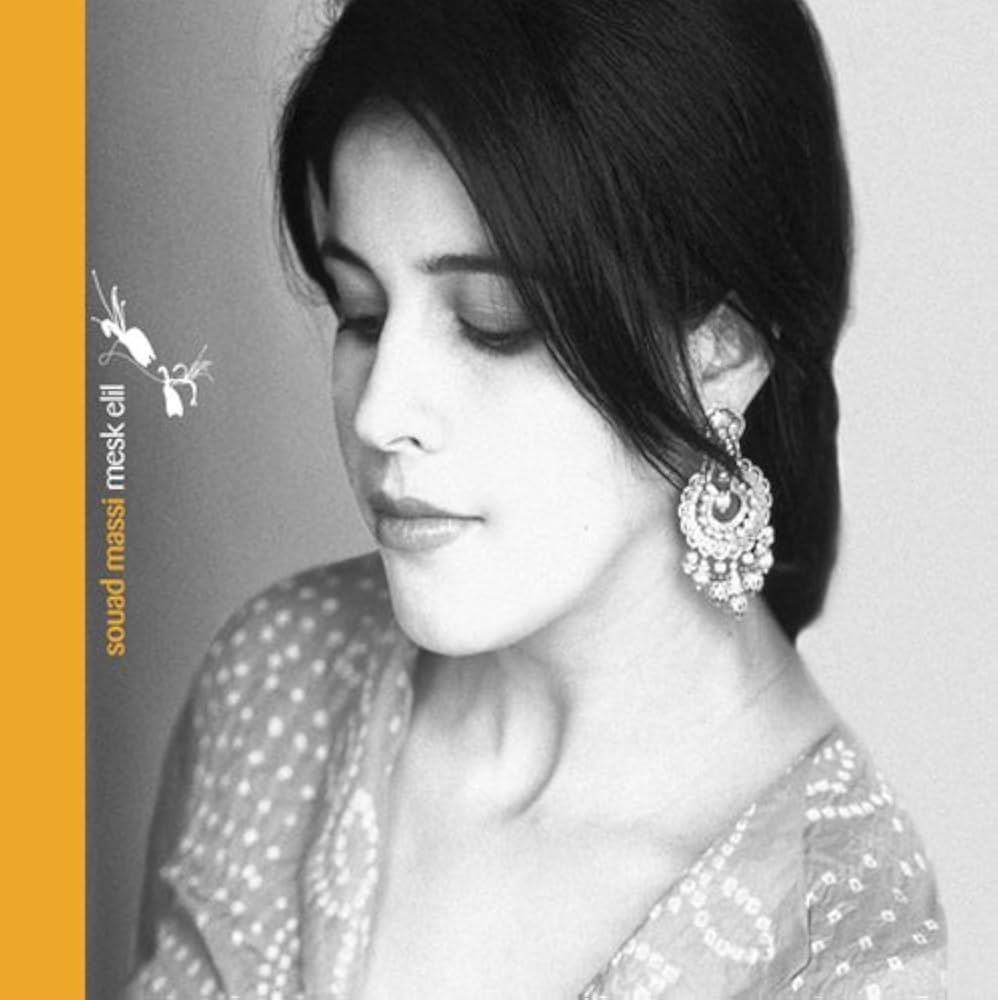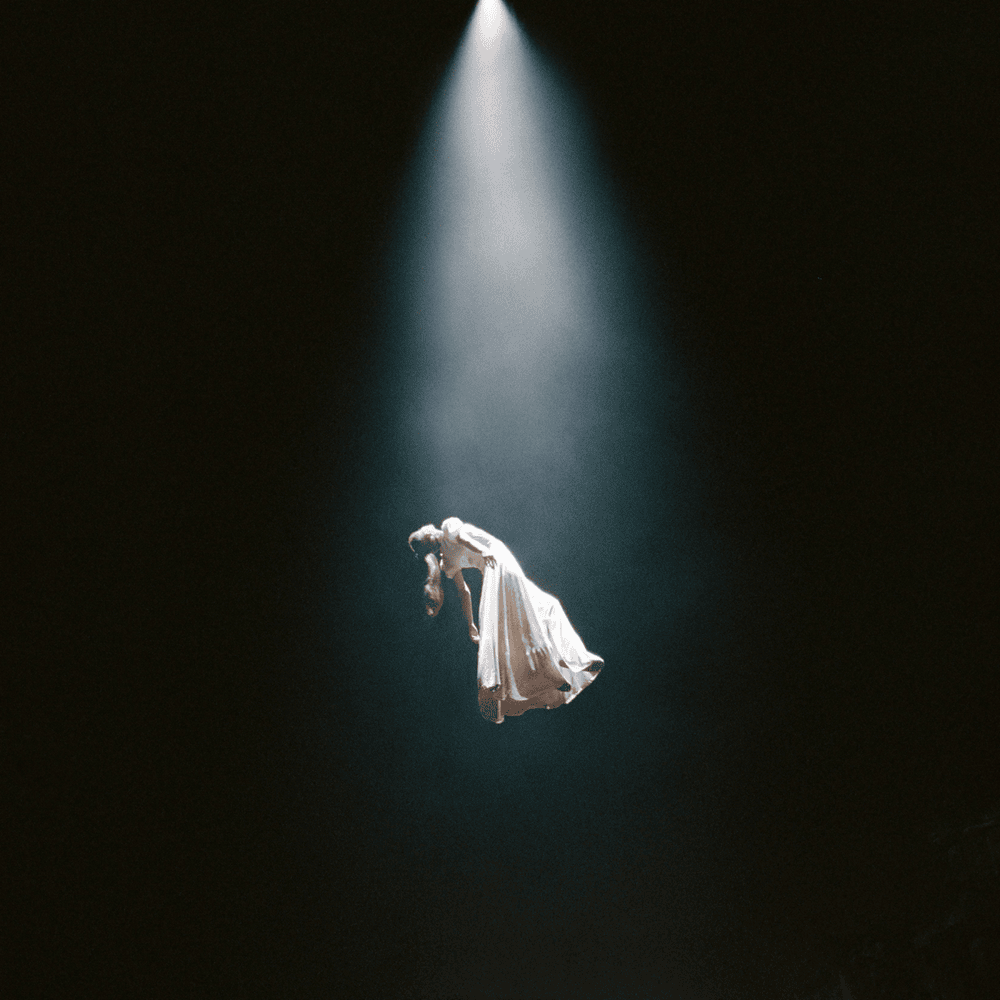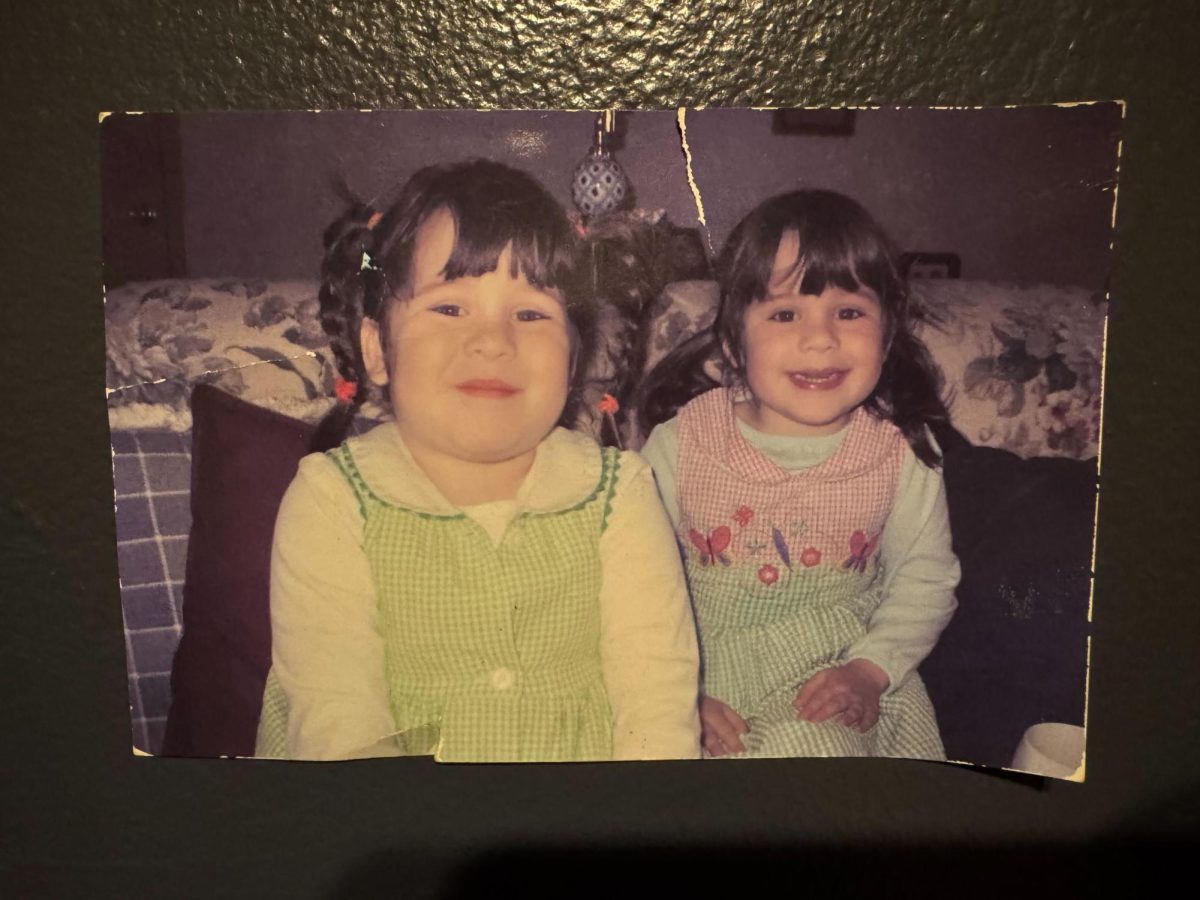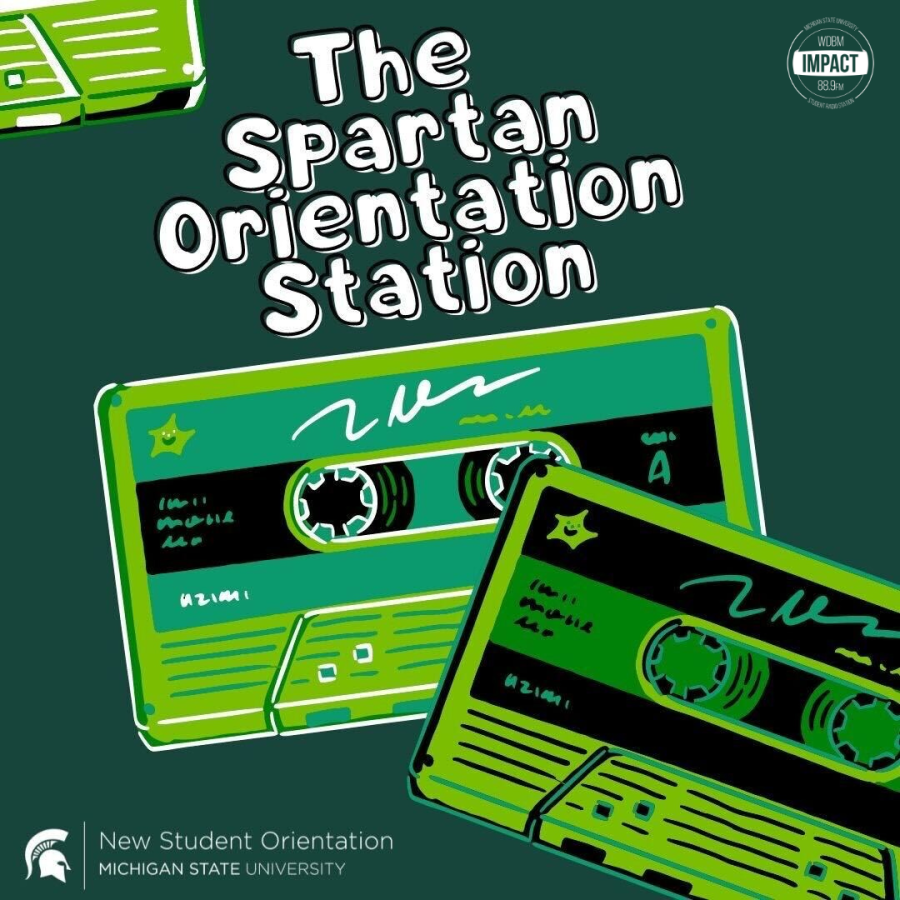We Watch It For The Music | The Owl House
April 24, 2023
Welcome to the Boiling Isles, a world filled with magic, witches, demons and dictators. The Owl House follows Luz the Human as she skips her summer camp to become a witch under the guidance of Eda the Owl Lady. Fun, right? However, our protagonist and her pals become increasingly traumatized as they discover the true plans of their beloved emperor, unlock several ancient evils and plot to stop the annihilation of all witch and demon-kind at the hands of a far out-of-touch boomer.
Created by Dana Terrace, the animated show is arguably one of Disney’s most popular as of late. This is largely thanks to the series’ captivating serialized plot and its abundance of LGBTQ+ representation, including Disney’s first bisexual lead, Luz Noceda, and the company’s first non-binary character, Raine Whispers. These factors, as well as several others, played a large part in the growth of the show’s massive fanbase.
However, these factors were both a blessing and a curse, as the LGBTQ+ representation has sparked boycotts from groups such as “One Million Moms” and has caused the show to be censored or banned in multiple countries. While fans hypothesize that this is the reason for the show’s eventual cancellation — its third and final season was cut to three specials, rather than the usual twenty-ish episodes — Terrace has insisted that is not the case, citing the serialized plot as not fitting into the company or channel’s brand in a Reddit AMA. Whatever the case, the fan base is still going strong in their support for the show and hopes for further continuations of the story.
While the show is by no means a musical, fans have written countless nerdcore songs inspired by the show, such as “Make Believe” by Jakeneutron, and have co-opted songs unrelated to the show, such as “Little Miss Perfect” by Write Out Loud, a song most often associated with Luz’s bully-turned-romantic-interest, Amity Blight. The show itself has introduced enchanting pieces such as “Eda’s Requiem” and “The Collector’s Theme (Whatcha Playin’?)” via its score, which was composed by TJ Hill in the first season and Brad Breeck in the second and third, with collaboration from Andrew Morgan Smith in the third.
The score is magnificent. Especially in the first season, there tends to be a preference for musical enhancement over sound effects, a style much more common in dialogue-free short films such as Disney’s Inner Workings than in movies and TV. Every bounce and fall, every spell circle and demonic attack is enhanced by musical notation that makes sense within the episode’s suite, rather than just Foley sound laid over the music. That’s not to say that there aren’t sound effects throughout the series, but the method used is fairly unique for this medium. This technique makes for a much more interesting viewing and listening experience.
Side note, this is where the real spoilers start:
One of the most captivating suites of the show is that of season two episode seven, “Eda’s Requiem.” The episode follows Eda as she reunites with a former lover, Raine, in the fight against the emperor and his coven system. However, Eda’s sudden involvement with the BATs — Bards Against the Throne — does not come out of nowhere. At this time, she is coping in advance with her empty nest syndrome, as she knows that her apprentice, Luz, will soon be returning to the Human Realm. She is also worried that her ward, King of Demons, is growing into his own and will soon wish to leave as well.
A large part of Eda’s character growth throughout the series is her growing maturity, especially through her maternal relationship to King and Luz. She is also coping with the increasing severity of her curse, something that is heavily allegorical for a chronic illness or disability. Her reintroduction to Raine, as well as her reuniting with her parents three episodes prior, serves as a reminder of all that the curse has taken from her: the people she has pushed away, the pain it has caused her and the life she will eventually lose because of it.
The title “Eda’s Requiem” reveals all. A requiem is a song of remembrance, most often played for those who have moved on to the afterlife. The motif of “Dies Irae,” “Danse Macabre” and Mozart’s “Requiem” are all excellent examples of this. Eda names the song herself, quipping, “‘Raine’s Rhapsody,’ more like ‘Eda’s Requiem.’”
Eda manages to keep her worries a secret from everyone until the culmination of everything in the episode’s final battle. Eda and Raine stand back to back, playing their song. The curse is overtaking them both, poisoning the bard magic to destroy everything within an audible radius. Raine knows they have nothing left to lose — they have unwittingly become a pawn in a corrupt government — but they have no idea what Eda is prepared to give up. That is, until the photo of Luz and King falls from Eda’s pocket and Raine says, “Eda, you have kids?” Despite their begging, Eda plays on, clutching the instrument until it is taken from her. Eda denies that Luz and King are her real kids and refuses to acknowledge what she would lose because, in her mind, she has played her own requiem a thousand times over. To herself, she is already lost. It is a truly heartbreaking scene heightened by the haunting melody, a requiem performed by the one it was intended to mourn.
Anyway, now that the sad stuff is out of the way, another of the show’s most iconic works is “The Collector’s Theme (Whatcha Playin’?).” This song sits on the opposite end of the spectrum from “Eda’s Requiem.” Rather than a soul-crushing legato melody, this song is bouncy and staccato. It replaces the gentle violin and lute with prickly synth and percussion. The range between these two songs showcases the composers’ ability in such a magnificent way. It’s a lighthearted, jovial tune that many find delightful, but its use in the show is utterly horrifying.
The first time we truly hear this theme in its full magnificence is in the season two finale, “King’s Tide.” It comes during the dreaded Day of Unity, an event built up to since the first episode. Everyone with a coven sigil is dying, so it’s left to the kids to save the day. King separates from the group, finding the imprisoned Collector, whom Emperor Belos cast aside. Just wanting to save his family, King releases the young imp.
The theme plays as the Collector, a mere child, turns the show’s main villain into goop with a simple flick of his wrist and moves the literal moon like it is a speck on an iPad. The song is truly such a silly theme, but nearly every time it plays, the Collector displays the power to tear apart realities, turn people into puppets and make the world his plaything. The intense juxtaposition of this absolute clown music with everything the Collector does is honestly marvelous and beautifully displays the composers’ skills, especially in regard to its divergence from the rest of the score.
The Owl House is a truly astounding television series, from its inspiring representation to its inability to talk down to its audience. It is a crime that Disney made the choice to pull the plug on the series. However, the show’s composers and its legion of creatively brilliant fans have left us with more than enough music to tide us over until Terrace’s next big hit.



